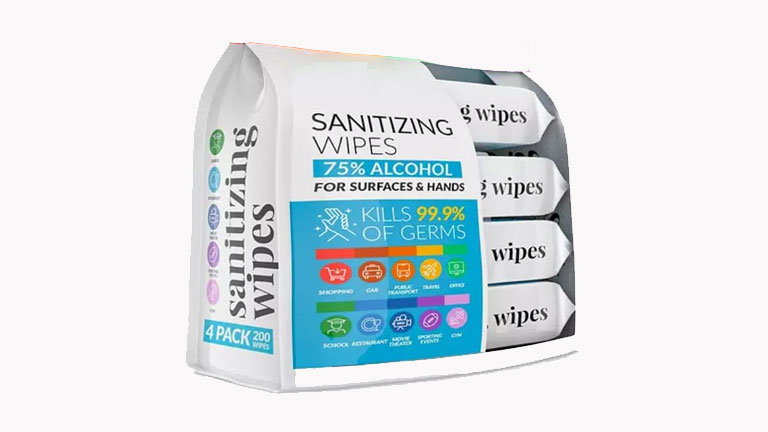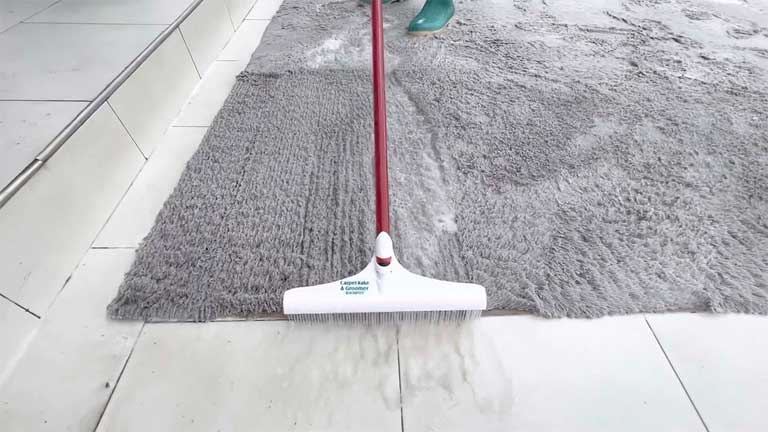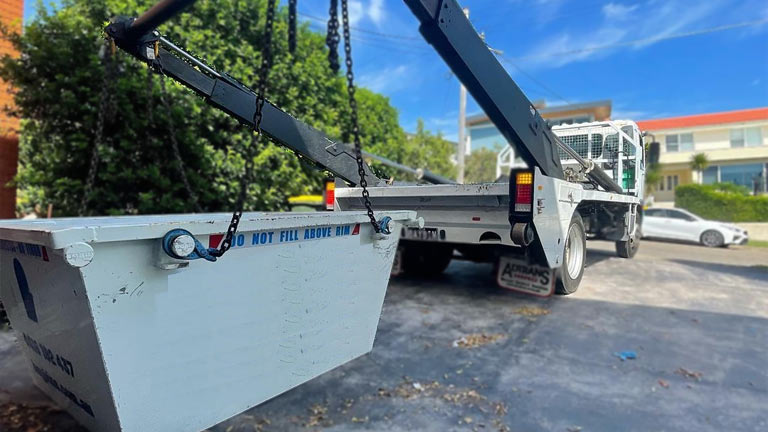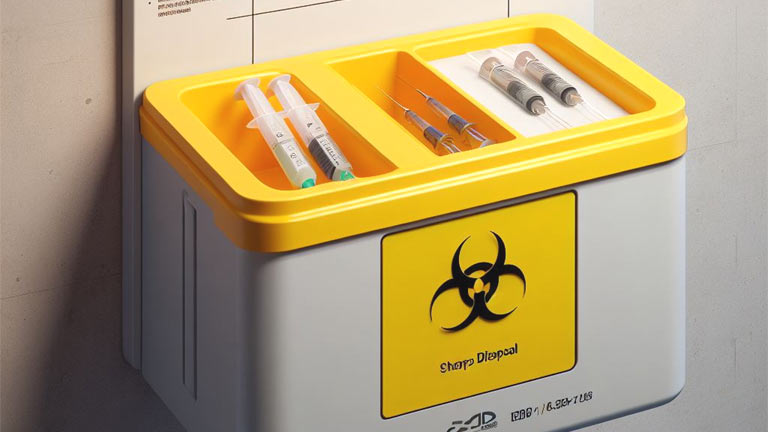
Wipes are a convenient and quick way to sanitize surfaces. They are also effective at killing germs as long as they are used correctly.
Wipes should always be used as directed on the package. This includes determining the dwell time. Dwell time is crucial in determining how much disinfecting power a wipe has.
They Kill Germs and Bacteria
Whether labeled as antibacterial or disinfectant wipes, most sanitizing wipes kill germs and bacteria that linger on surfaces and skin. Most brands include instructions on properly using them, and many are formulated with plant-based ingredients or chemical compounds like citric acid and thymol. Some even meet the high standards of the Environmental Working Group’s Guide to Healthy Cleaning and the EPA Safer Choice standard.
Unlike cleaning sprays or towels, sanitizing wipes are pre-moistened and ready to go one at a time. This reduces cross-contamination and makes them more convenient in homes, restaurants, and other commercial settings. They also require less water and fewer chemicals than a sink full of soapy water or bleach solution.
Wipes don’t work well on porous surfaces like fabric or carpeting. That’s because the material sucks up the moisture and loses its effectiveness. They’re best suited for complex, nonporous surfaces like stainless steel or plastic.
When swiping an object, always follow the label’s directions for contact time (also called dwell time). The longer you leave the disinfectant on a surface, the more effective it is at killing germs. This is especially important for items directly interacting with food, like counters and tables. Wipes can’t replace the sanitizing power of a kitchen dishwasher, however. They aren’t a substitute for washing produce under running water or using a produce brush.
They Kill Viruses
Disinfecting wipes are a must-have around the house during cold and flu season. They’re also great at work, school, and the gym. But ensuring that the wipes you choose can kill germs, specifically COVID-19, is essential. It can be hard to tell from the confusing label claims on some products, but it is simple to find out by checking for an EPA number.
Wipes with an EPA number mean that they have been tested and found to kill viruses. Look for them in the cleaning aisle at your grocery store or drugstore. You may also find disinfectant wipes in hospitals and other places that need to clean high-touch surfaces like doorknobs, counters, TV remotes, and phones.
A disinfectant must stay on the surface for several minutes to be effective. This is called the contact time. The wipe should also be saturated with the solution to disinfect the surface thoroughly. Using a fresh wipe for each character you need to sanitize is a good idea.
Keeping the wipe in the packaging is also a good idea to ensure it stays moist. Using the same wipe for multiple surfaces will cause it to dry out, reducing its germ-killing ability. It’s best to keep a few different wipes on hand so you can have one for hands and surfaces and another for phones and other electronics.
They Kill Fungi
Using disinfectant wipes to sanitize nonporous surfaces can help kill and prevent the spread of mold, mildew, yeast, and other fungi found around the home. These fungi thrive in moist environments and can cause many health issues, including irritation to the skin and eyes. Fungi can also lead to respiratory tract infections, which can be spread through contact with contaminated surfaces or inhalation.
Wipes with the words “disinfectant” or “fungicide” on their label can kill fungi and bacteria, and viruses. Some disinfectant wipes are ranked on the EPA’s Safer Choice list and contain ingredients reviewed for human health and environmental fate.
When choosing a wipe for surface disinfection, you must read the label carefully to ensure it is effective against the pathogens you are trying to kill. It is also essential to understand how long you must leave the wipes or surface visibly wet to sanitize and disinfect it thoroughly. This dwell time can vary between 15 seconds and 10 minutes, depending on the product’s ingredients and what germs you are trying to kill.
When buying disinfectant wipes in bulk labeled as flushable should not be used on or near food, as they may break down the toilet tissue and cause pipe blockages. It is also recommended to discard the wipes in a trash can instead of the sink, as they may clog drains or end up in lakes, rivers, and oceans, where they can cause environmental damage.
They Kill Mold
One of the best things you can do to prevent and treat mold in your home is to wipe surfaces with a disinfectant that contains alcohol. Wipes containing alcohol can kill bacteria and viruses by dissolving the membranes on their cells, while those that do not have alcohol can only slow down the growth of germs.
Some sanitizing wipes are designed to kill mold and mildew using antifungal chemicals like thymol and citric acid. Others use a combination of plant-based and chemical compounds to kill bacteria, viruses, fungi, and mold. Wipes that are EPA-registered for mold, mildew removal, and disinfection will usually list these ingredients on their label.
When choosing a product to kill mold and mildew, look for disinfectants with the EPA’s Green Seal, ensuring the product is safe for the environment and human skin. You can also check the EPA’s running list of disinfectants that have been tested to prove they kill COVID-19 and other common germs when used according to the label directions.
When sanitizing wipes to remove mold and mildew, use them on hard, nonporous surfaces. Clorox wipes, for example, are designed to clean stainless steel and other hard surfaces, not carpet and furniture fabric. Using these wipes on porous surfaces can reintroduce mold and fungus because they can absorb the chemicals into their roots.




